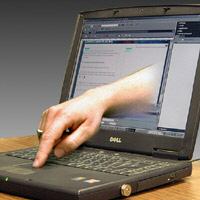Turns out, the remote desktop slow problem is a very old problem, and here is a 2007 article explaining its fix.
Remote Desktop slow problem solved Remote Desktop 6.0, the latest version of Microsoft Remote Desktop client, which comes pre-installed microsoft, RDP, Receive Window Auto-Tuning, remote access, Remote Desktop 6.0, Vista, Windows
What’s old is new again. I was amazed to get a support ticket the other day where a user with a brand new setup was complaining that remoting into her desktop was slow. I had just finished setting it up from scratch a couple of days before another tech deployed it on her desk. Something told me the answer must be on the machine she was using locally, but I couldn’t figure out how that could be until I read the above article.
TLDR: Use the command: netsh interface tcp set global autotuninglevel=highlyrestricted

